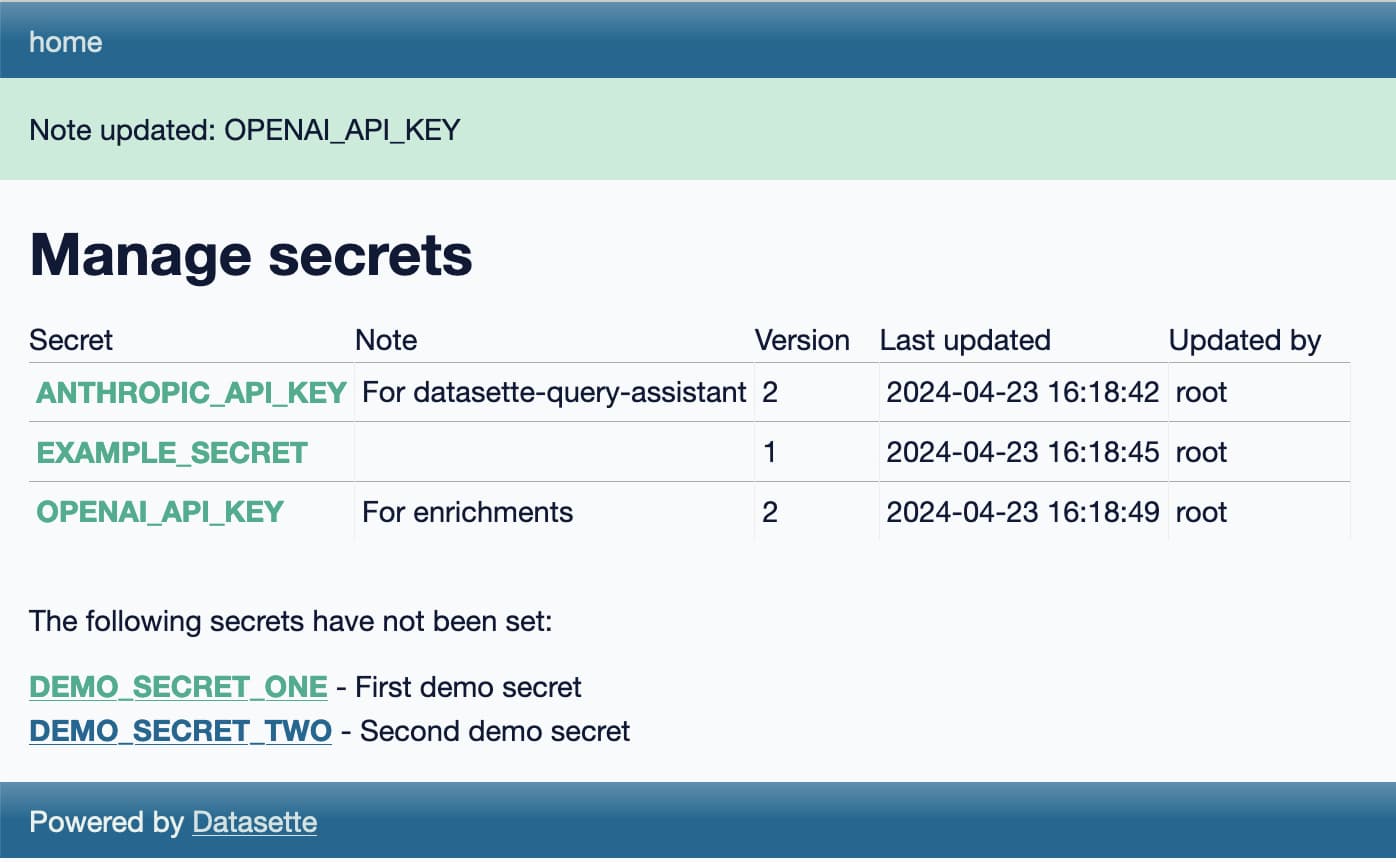Tuesday, 23rd April 2024
We introduce phi-3-mini, a 3.8 billion parameter language model trained on 3.3 trillion tokens, whose overall performance, as measured by both academic benchmarks and internal testing, rivals that of models such as Mixtral 8x7B and GPT-3.5 (e.g., phi-3-mini achieves 69% on MMLU and 8.38 on MT-bench), despite being small enough to be deployed on a phone.
The Instruction Hierarchy: Training LLMs to Prioritize Privileged Instructions (via) By far the most detailed paper on prompt injection I’ve seen yet from OpenAI, published a few days ago and with six credited authors: Eric Wallace, Kai Xiao, Reimar Leike, Lilian Weng, Johannes Heidecke and Alex Beutel.
The paper notes that prompt injection mitigations which completely refuse any form of instruction in an untrusted prompt may not actually be ideal: some forms of instruction are harmless, and refusing them may provide a worse experience.
Instead, it proposes a hierarchy—where models are trained to consider if instructions from different levels conflict with or support the goals of the higher-level instructions—if they are aligned or misaligned with them.
The authors tested this idea by fine-tuning a model on top of GPT 3.5, and claim that it shows greatly improved performance against numerous prompt injection benchmarks.
As always with prompt injection, my key concern is that I don’t think “improved” is good enough here. If you are facing an adversarial attacker reducing the chance that they might find an exploit just means they’ll try harder until they find an attack that works.
The paper concludes with this note: “Finally, our current models are likely still vulnerable to powerful adversarial attacks. In the future, we will conduct more explicit adversarial training, and study more generally whether LLMs can be made sufficiently robust to enable high-stakes agentic applications.”
Weeknotes: Llama 3, AI for Data Journalism, llm-evals and datasette-secrets
Llama 3 landed on Thursday. I ended up updating a whole bunch of different plugins to work with it, described in Options for accessing Llama 3 from the terminal using LLM.
[... 1,030 words]microsoft/Phi-3-mini-4k-instruct-gguf (via) Microsoft’s Phi-3 LLM is out and it’s really impressive. This 4,000 token context GGUF model is just a 2.2GB (for the Q4 version) and ran on my Mac using the llamafile option described in the README. I could then run prompts through it using the llm-llamafile plugin.
The vibes are good! Initial test prompts I’ve tried feel similar to much larger 7B models, despite using just a few GBs of RAM. Tokens are returned fast too—it feels like the fastest model I’ve tried yet.
And it’s MIT licensed.
We [Bluesky] took a somewhat novel approach of giving every user their own SQLite database. By removing the Postgres dependency, we made it possible to run a ‘PDS in a box’ [Personal Data Server] without having to worry about managing a database. We didn’t have to worry about things like replicas or failover. For those thinking this is irresponsible: don’t worry, we are backing up all the data on our PDSs!
SQLite worked really well because the PDS – in its ideal form – is a single-tenant system. We owned up to that by having these single tenant SQLite databases.
